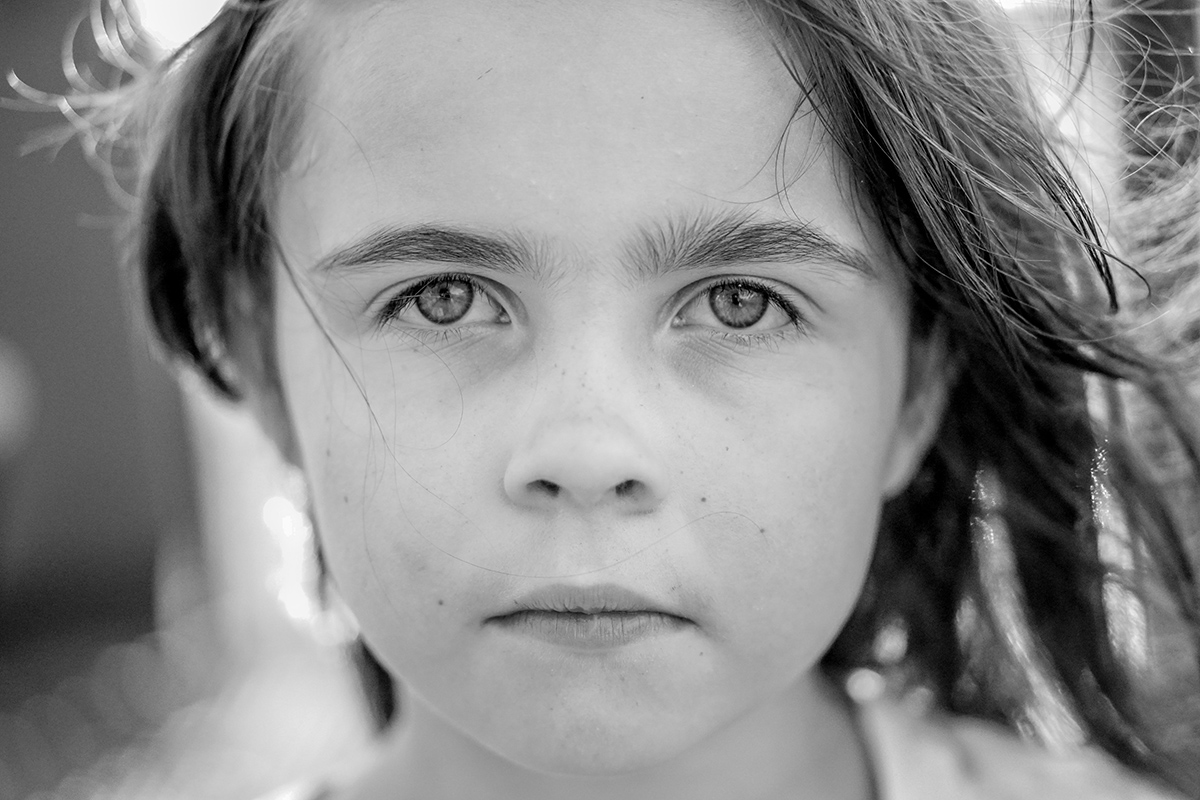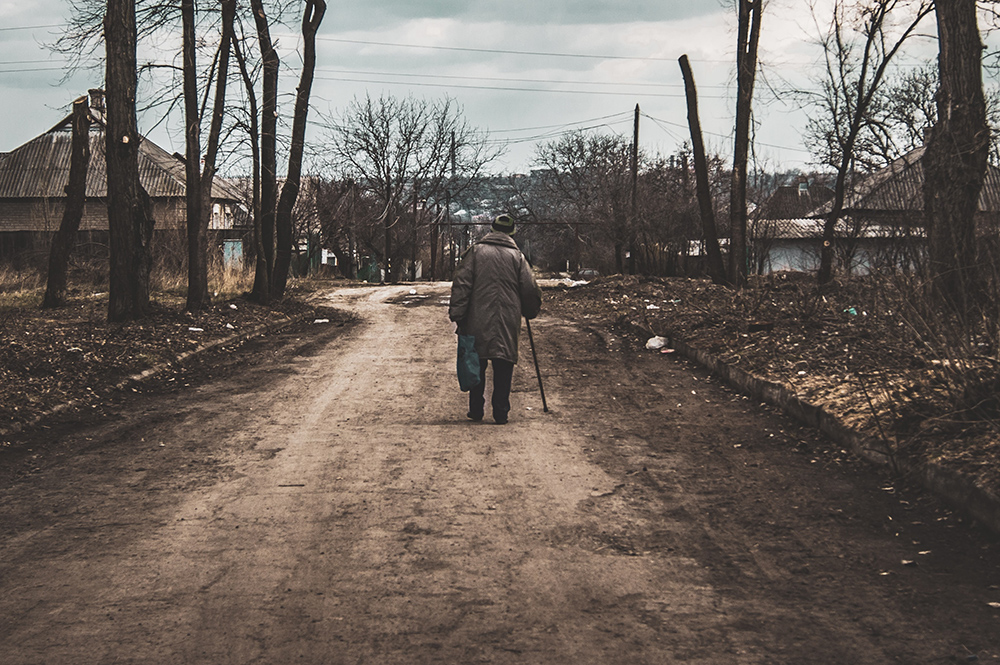Samskapa är kanalen för forskning om samskapande av hälsa och välfärd.
Insights from co-reflection
Due to the COVID-19 pandemic a scheduled reflective research retreat was reorganized as a digital event in November. Participant were researchers and PhD candidates in a research programme discussing ongoing studies. In one the sessions preliminary findings of a study on outcomes of co-production were elaborated and participants used an electronic survey to share their reflections. This blog reports on some of the insights and co-reflections among retreat participants.

Co-production refers to the collaboration between those in need of a health- and social care service and the professionals and other stakeholders providing that particular service. The objective with co-production is to increase the involvement of citizens, ultimately leading to improved services. The interactive international research programme SAMSKAPA explores the value of co-production and one of the addressed scientific gaps is how co-producion is measured and what outcomes it leads to.
In our study, we have observed that citizens are much more closely described than professionals in co-production research. There are almost always descriptions of participating citizens in terms of gender, age and health status. This is rarely the case for professionals. Why? As in all collaborative work, co-production is a relational process, and we wonder if professionals’ characteristics are not recognized as influential. We believe that both citizens and professionals have their individual views and characteristics, influencing co-production. So, why are professionals and their influence on co-production research neglected?
Another of our observations regard the imbalance of the number of co-productive research initiatives taken by citizens compared to professionals. So, who does predominantly take the initiative? Well, it is not citizens. There are several explanations for this, with the most obvious one that professionals are hired to deliver and develop services, and citizens are not. However, citizens have the lived experience of the service, and professionals don’t. So, perhaps the problem is not so much who the initiative taker is, as whose needs and experiences that are informing the initiative. Another potential issue is if professionals and citizens differ in the views of what is relevant to improve in a service.
Yet another observation concerns the unbalanced ownership of measures and evaluations of co-production projects and by reading the literature, we wonder if citizens only are invited as evaluators in interviews or score sheets of already decided parameters. Our urgent question is if those citizens using and co-producing a service also are invited to evaluate whether that service meets their needs. Because, who else could better answer that question?
It is not only a challenge to co-produce health- and social care services, or to study how these services are co-produced. It is also a challenge to understand the process of developing and using measures with a co-productive approach and the digital co-reflection retreat was a useful tool to provide new insights and gain direction for future research.
Kristina Areskoug Josefsson & Annika Nordin
Researchers in SAMSKAPA
Jönköping Academy for Improvement of Health and Welfare,
School of Health and Welfare
Detta är en bloggtext. Det är skribenten som står för åsikterna som förs fram i texten, inte Jönköping University.





